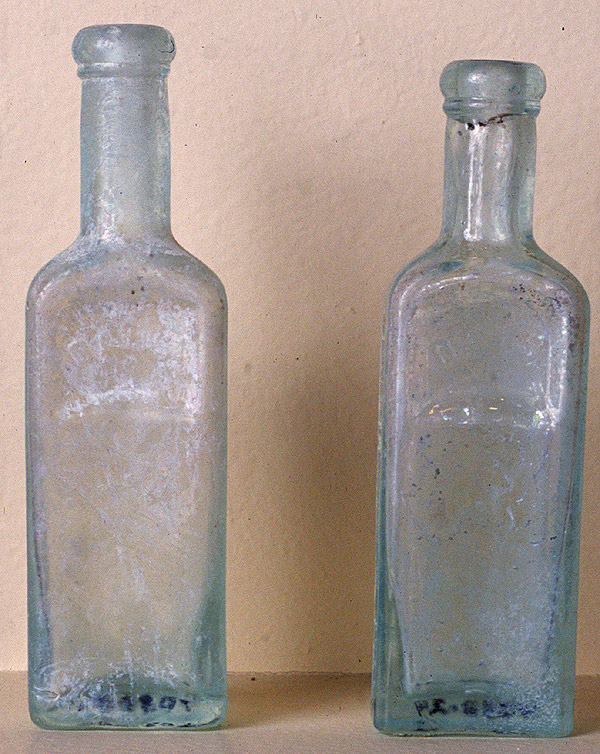chimney rock museum
Overland Migration Artifacts
“With reference to clothing, I would say use any old clothes you may happen to have by you… All that I have to recommend to the ladies is that they do not wear their dresses quite so long, and that if possible they provide themselves with India rubber goloshes and very large sun-bonnets.”
The purchase of appropriate footwear, a seemingly minor decision, could save a traveler considerable pain and suffering.
“He attempted to take his gun out of his wagon; the muscle (muzzle) being towards him, the ramrod being in the gun, its hammer caught or struck against something and went off; the ramrod and ball passing through the right breast. He was almost in a pulseless condition when I first saw him and the wound still bleeding. Dr. Canfield of Cincinnati came along about this time and we dressed his wounds and left him, with very little hopes of his recovery.”
“David Ayers, one of our company, puked and purged all night and upon examining his condition this morning found he had the cholera… I went to work faithfully, he lying in his wagon while we were moving on… I placed a mustard plaster over his stomach and administered Davis pain killer in large quantities, at the same time making him inhale and perspire large draughts of fresh air.”
Become a Member!
Our members make history happen.






















